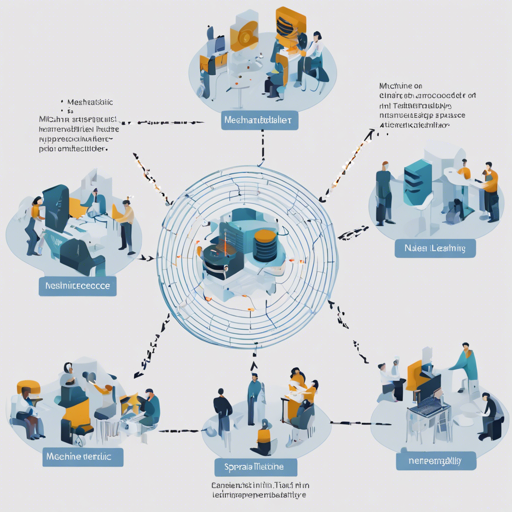In this guide, we will take a step-by-step approach to training a Sparse Autoencoder (SAE) specifically designed for mechanistic interpretability using the PHI-3-mini-instruct dataset, which comprises an impressive 1 billion tokens. With the right framework and parameters, you can leverage this powerful technique to enhance your model’s performance. Let’s dive into the training process!
Necessary Prerequisites
- Python installed on your machine
- A solid understanding of machine learning concepts
- Access to the WandB platform for tracking your training progress
Setup Your Environment
Before diving into the training, ensure your environment is set up correctly. You’ll need the following libraries:
- TensorFlow/PyTorch – depending on your preference.
- WandB for managing experiments and logging training statistics.
- NumPy and Pandas for data manipulation.
Training the Sparse Autoencoder
The training can be approached like refining a block of clay into a sculpture. Here’s how you would prepare and train your autoencoder:
- Dataset: Use the dataset mlfoundationsdclm-baseline-1.0. This dataset consists of valuable text data enhancing the learning capabilities of your SAE.
- Hookpoint: Set your hookpoint to
blocks.16.hook_resid_post, indicating where the model will apply the hook to focus on layer 16 of your network. - Training Steps: We recommend executing
250,000training steps to ensure thorough learning. - Batch Size: Utilize a batch size of
4096for optimal performance and efficient memory usage. - Context Size: Maintaining a context size of
2048helps the model understand larger pieces of text, enriching its learning experience. - Expansion Factor: Set your expansion factor to
32, tailoring the dimensions of your model appropriately.
Training:
- Target: PHI-3-mini-instruct dataset
- Steps: 250,000
- Hookpoint: blocks.16.hook_resid_post
- Batch Size: 4096
- Context Size: 2048
- Expansion Factor: 32This structured approach is analogous to sculpting, where every detail of the training process contributes to the final output of your SAE model, much like how every stroke of the sculptor’s tool shapes the final artwork.
Monitoring Training Progress
Utilize WandB to keep track of your training progress. A session can be started by submitting your training report to the following link:
WandB Training ReportTroubleshooting Common Issues
- Issue: Training is too slow – Adjust the batch size and see if it enhances performance.
- Issue: Model not converging – Re-evaluate your hyperparameters, especially the learning rate and expansion factor.
- Issue: Memory errors during training – Reduce the batch size or context size.
For more insights, updates, or to collaborate on AI development projects, stay connected with fxis.ai.
Conclusion
By implementing the techniques outlined in this blog, you’ll be well on your way to successfully training a sparse autoencoder tailored for mechanistic interpretability on a complex dataset. At fxis.ai, we believe that such advancements are crucial for the future of AI, as they enable more comprehensive and effective solutions. Our team is continually exploring new methodologies to push the envelope in artificial intelligence, ensuring that our clients benefit from the latest technological innovations.

